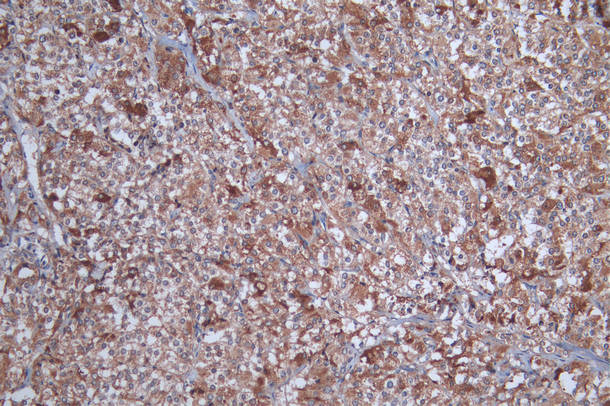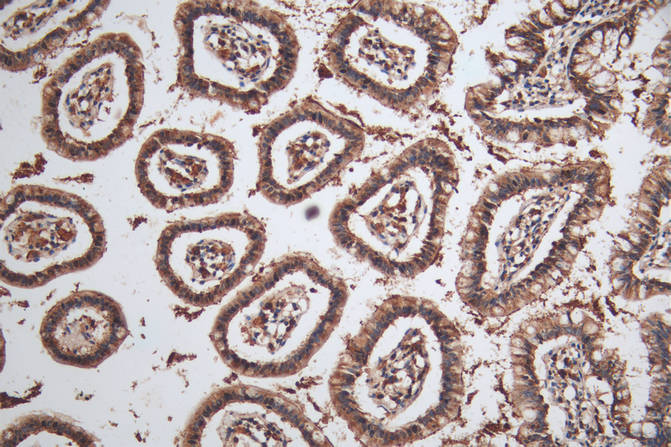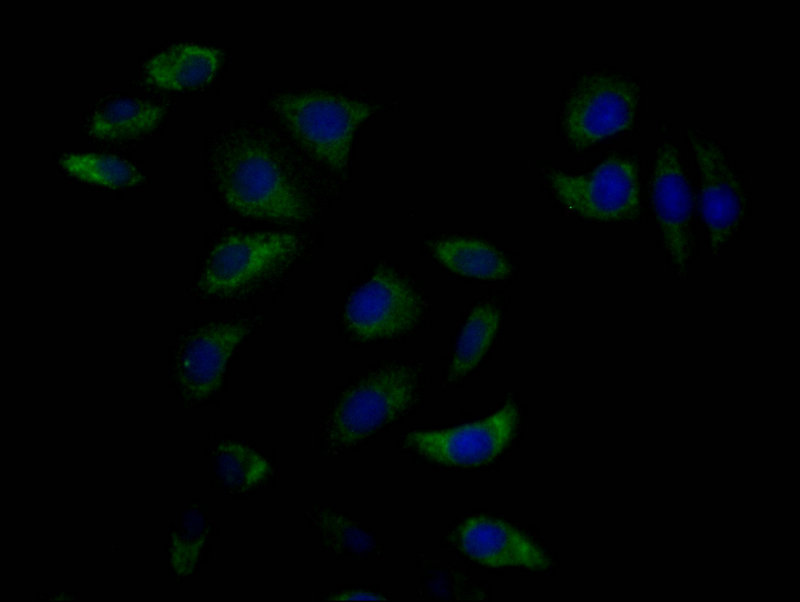The SOAT1 antibody is a polyclonal antibody that is raised against the recombinant human sterol O-acyltransferase 1 protein (1-130aa) and synthesized in rabbits. SOAT1 protein is an integral membrane protein that plays a crucial role in cholesterol metabolism by catalyzing the transfer of fatty acids onto cholesterol to form cholesteryl esters. The antibody was purified through antigen affinity chromatography.
The SOAT1 polyclonal antibody is designed to recognize and bind to the SOAT1 protein, allowing for its detection and measurement in human samples. The SOAT1 antibody is recommended for use in a variety of research applications, including ELISA, WB, and IHC.








